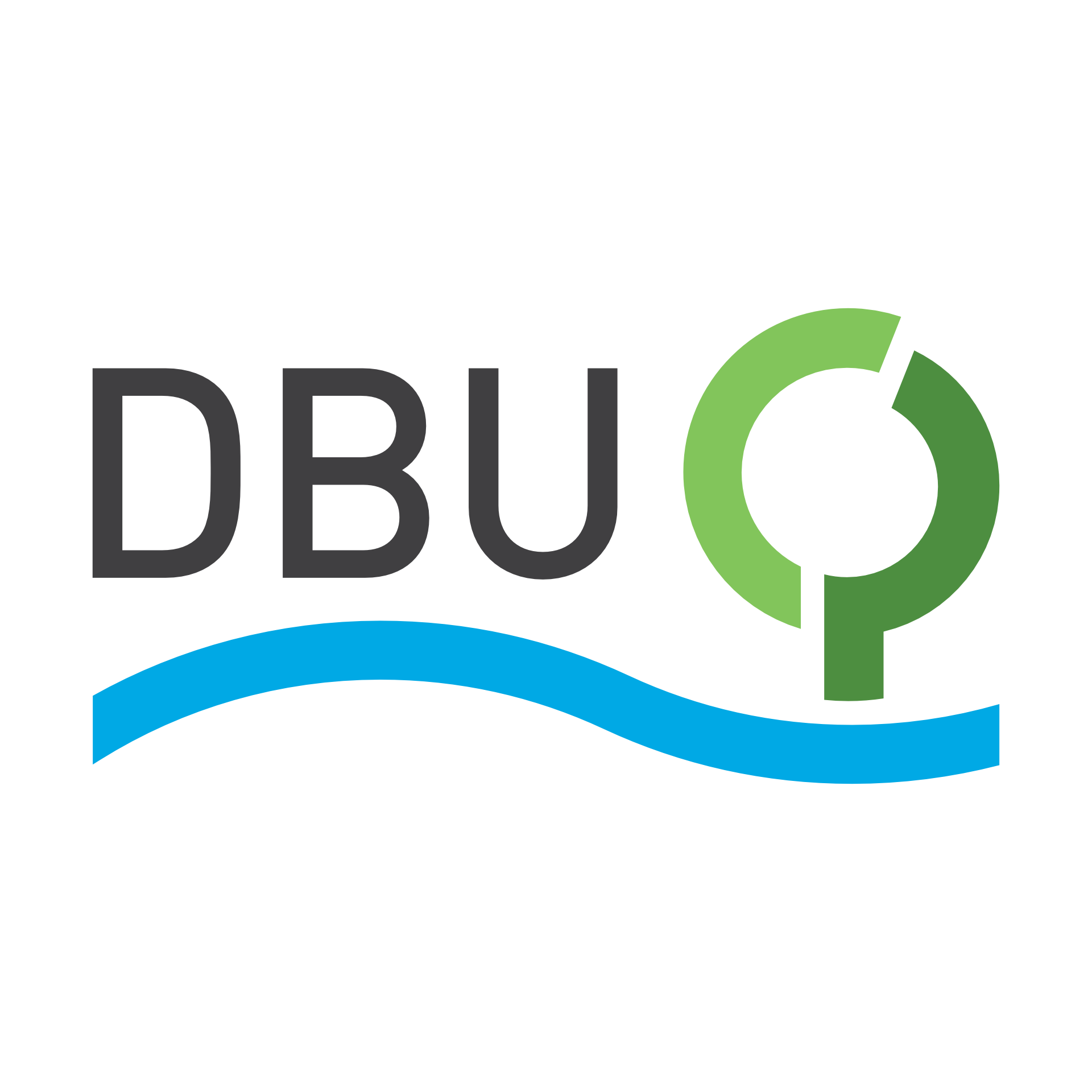SDG 16: Peace, Justice and Strong Institutions

This Learning World focuses on understanding the role and importance of peace, justice and strong institutions everywhere and for everyone. The Learning World provides ideas and components that you can integrate into your teaching: An interactive boardstory with complementary exercises, a glossary with the most important terms of the Learning World, additional exercises to consolidate and further reflect on the contents of SDG 16 as well as examples of the connections between this SDG and others.
Boardstory for interactive learning
Educational Material
The Learning Objectives outline the key competencies students will develop by completing this Learning World. They also highlight connections to other topics, encouraging further exploration and discussion beyond this module.
Learning Objectives
Acquiring competencies for sustainable development is part of a lifelong learning process. The boardstory and exercises provided in this learning world initiate this process and help students gain knowledge, reflect and think critically, and take meaningful action. After completing this unit, it is recommended to foster the development of the desired competencies for sustainable development e.g. by teaching further learning worlds. Thus, expanding students’ skill sets further.
With this in mind, the learning objectives of this specific learning world first and foremost aim to develop a basic understanding of the respective SDG and related connections for students aged nine to eleven. Gaining and expanding competencies for sustainable development further is desirable, but can only be achieved through continuous immersion and persistence.
Following the interaction with this Learning World, the students will be able to:
explain the concepts of justice, inclusion and peace and that laws can support realizing them.
express that within societies, conflicts arise that should be mediated, e.g. rules and laws can help to do so.
argue that resolving a conflict ought to be non-violent and without vigilantism (illegal actions against a person to punish them, e.g. for vengeance).
explain that states have internationally agreed upon human rights, constituting that ideally everyone is treated equally under law, however in reality some existing laws might not hold up to that and laws and actual legal practices may differ from each other.
recall that there are shortcomings in the execution of laws such as in terms of the independence of agents in jurisdiction and law enforcement, e.g. corruption.
recall that legal action is not always fair and that what is unfair is not always illegal.
interpret that justice is a complex issue which is why independent, effective, inclusive and accountable institutions are needed to assess cases individually.
identify their own belonging to diverse groups (ability, age, economic, ethnical, gender identity, national, political, sexual orientation, social, etc.) and recognize their different access to justice and their shared sense of humanity.
express solidarity for those suffering from injustice in their own country as well as in other countries.
identify institutions in their local and national community that contribute to secure peaceful and inclusive societies.
plan actions in their scope for action for justice, inclusion, peace and strong institutions and recognize that this might be more powerful in groups.
Connection to other SDGs
The 17 SDGs complement each other and should not be viewed in isolation. As such synergy effects can occur, for example an improvement in one of the SDGs can in turn have a positive effect on another. At the same time, prioritizing measures for one SDG can also lead to another goal being neglected. The following overview provides examples of connections between SDGs which can be used to open up new conversations and linking points to take the topic beyond this learning world.
Learning World
SDG 01: No Poverty
Learning World
SDG 02: Zero Hunger
Learning World
SDG 03: Good Health and Well-being
Learning World
SDG 04: Quality Education
Learning World
SDG 05: Gender Equality
Learning World
SDG 06: Clean Water and Sanitation
Learning World
SDG 07: Affordable and Clean Energy
Learning World
SDG 08: Decent Work and Economic Growth
Learning World
SDG 09: Industry, Innovation and Infrastructure
Learning World
SDG 10: Reduced Inequalities
Learning World
SDG 11: Sustainable Cities and Communities
Learning World
SDG 12: Responsible Consumption and Production
Learning World
SDG 13: Climate Action
Learning World
SDG 14: Life below Water
Learning World
SDG 15: Life on Land
Learning World
SDG 17: Partnerships for the Goals
Learning World
SDG Dilemmas
Learning World
SDG Wedding Cake Model


















 Before watching the boardstory for the first time, give the students a listening task: "What do you learn in the boardstory?" Possibly with the addition: "Remember at least three things."
Before watching the boardstory for the first time, give the students a listening task: "What do you learn in the boardstory?" Possibly with the addition: "Remember at least three things." Hand out the worksheets "EXPLORING THE BOARDSTORY" from the student workbook to engage the students in the content of the SDG 16 Boardstory.
Hand out the worksheets "EXPLORING THE BOARDSTORY" from the student workbook to engage the students in the content of the SDG 16 Boardstory. Hand out the worksheet "WHAT IS FAIR" of the student workbook to your students.
Hand out the worksheet "WHAT IS FAIR" of the student workbook to your students. Read the first information text with the class and answer the first multiple choice question together. Then, ask them to read each story carefully to answer the other multiple choice questions after each of the texts. You can of course discuss the questions in class afterwards.
Read the first information text with the class and answer the first multiple choice question together. Then, ask them to read each story carefully to answer the other multiple choice questions after each of the texts. You can of course discuss the questions in class afterwards. If there is no such program at your school, you can find more information about these programs online. For example here:
If there is no such program at your school, you can find more information about these programs online. For example here: 
